| Vintage Pulp | Mar 17 2024 |

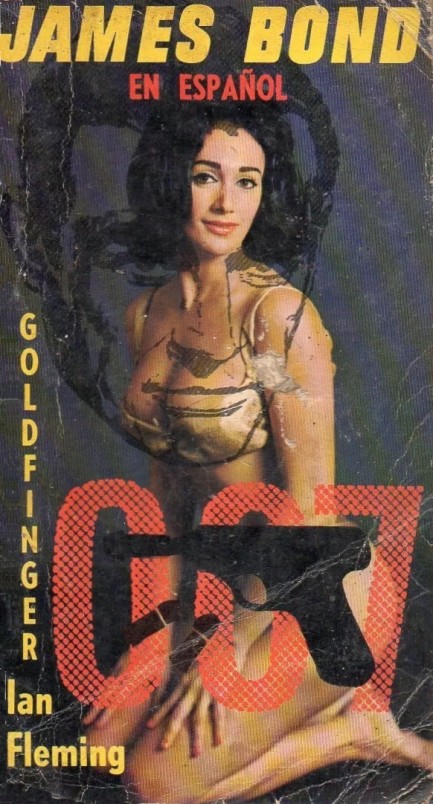
We ran across this on mercadolibre.com. It's Ian Fleming's Goldfinger from Ediciones Albon, out of Colombia, published in 1964. The vendor was asking 200 for this. Pesos? No—dollars. That's a lot of plata. We'd rather spend the money on actual Colombian gold, so we took a pass. But we love the cover.
| Femmes Fatales | Oct 3 2023 |


Arabella Árbenz, née Arabella Árbenz Vilanova, was born and raised in our former (and still beloved) home Guatemala, moved to Canada for college, and became a fashion model in France. She also tried acting and had one credited role, playing the lead in the 1965 drama Un alma pura, which was made in Mexico. We've seen it, and she's decent in it, enough so that we suspect she'd have had a future on the screen. But nothing having to do with Guatemala is ever simple, therefore Arabella's life had many twists and turns.
She was the daughter of Jacobo Árbenz, who was elected president of Guatemala in 1951, but was overthrown in a CIA sponsored coup lobbied for by the United Fruit Company. Under the collaborationist dictator Jorge Ubico Castañeda, United Fruit had been given 99-year leases on millions of acres of land amounting to 42% of the country's total area, and was exempted from taxes. Arabella didn't weather her family's subsequent exile well, and after problems in romance and with drugs, in 1965 shot herself dead in front of her paramour, Mexican bullfighter Jaime Bravo Arciga, in Colombia, at age twenty-five.
| Vintage Pulp | Nov 28 2021 |

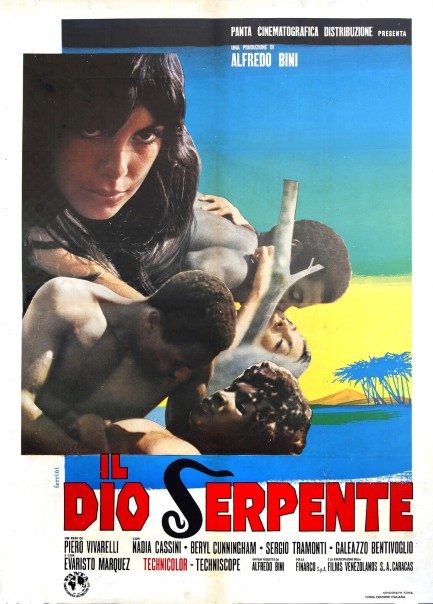

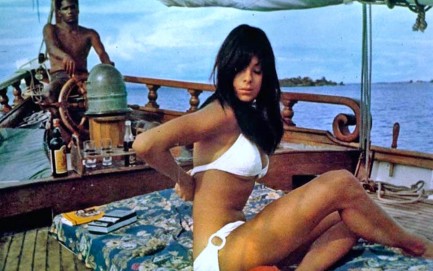

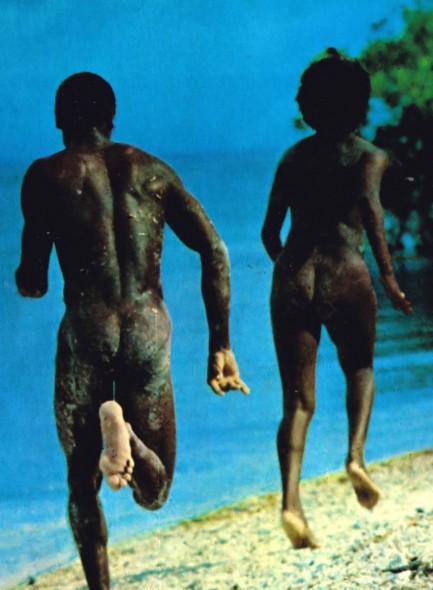

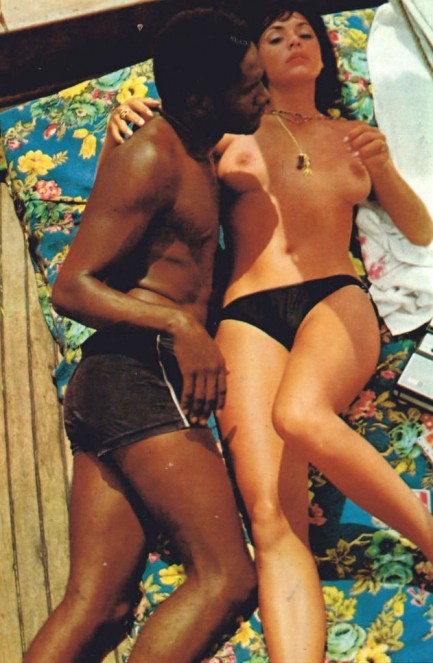
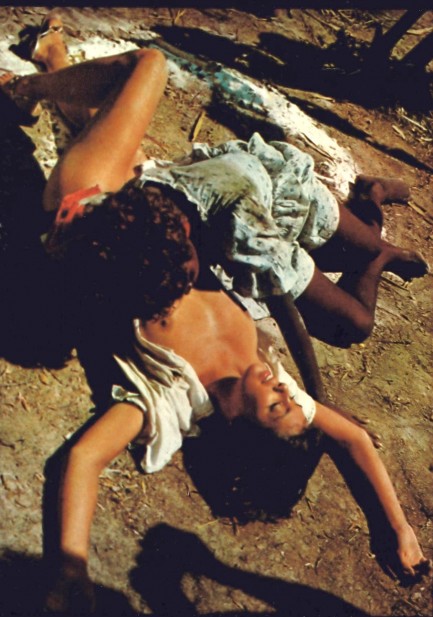
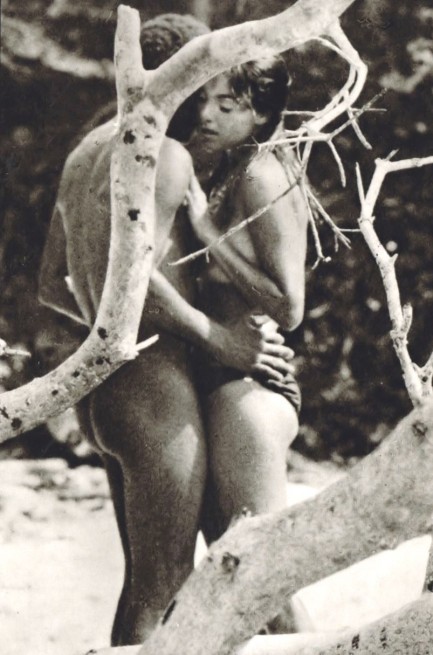
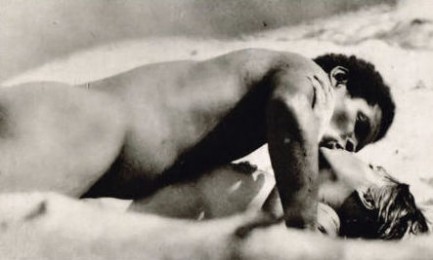
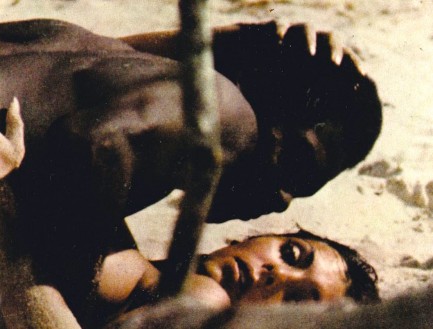
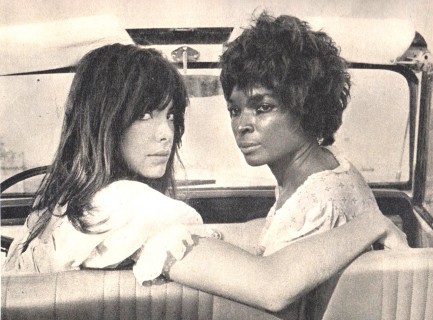
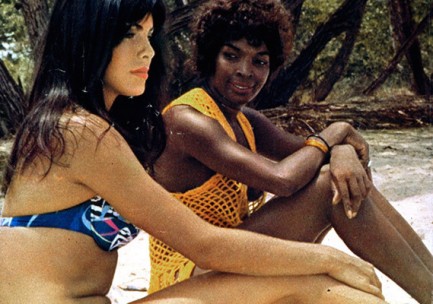



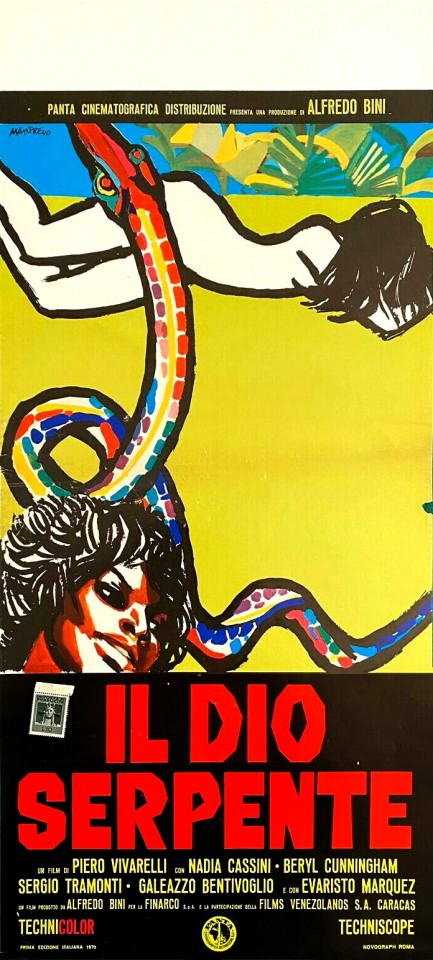
| Intl. Notebook | Mar 28 2021 |

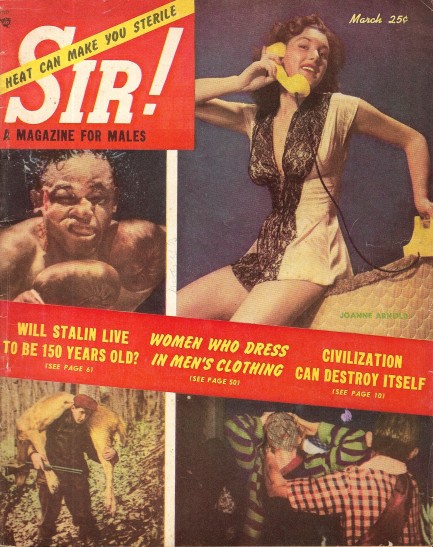
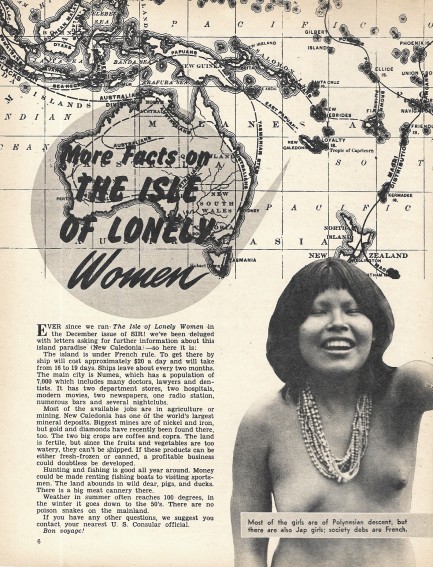
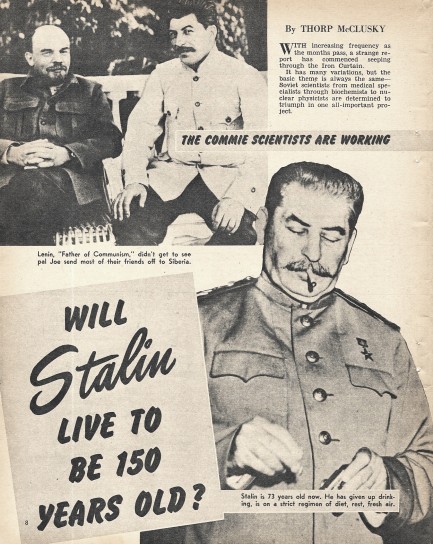
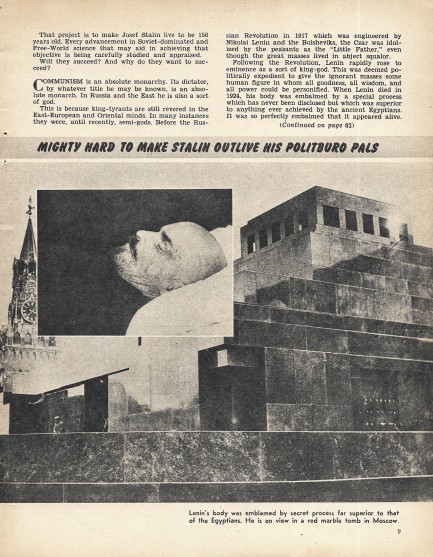
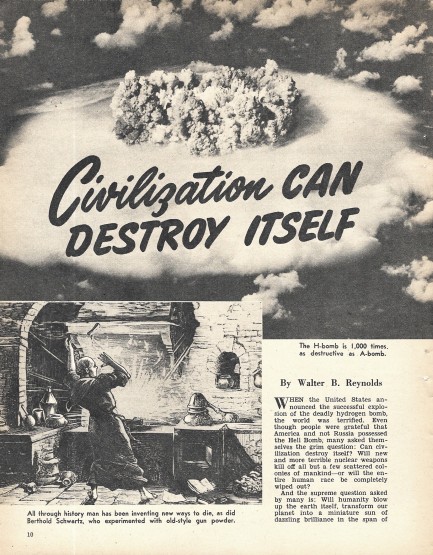
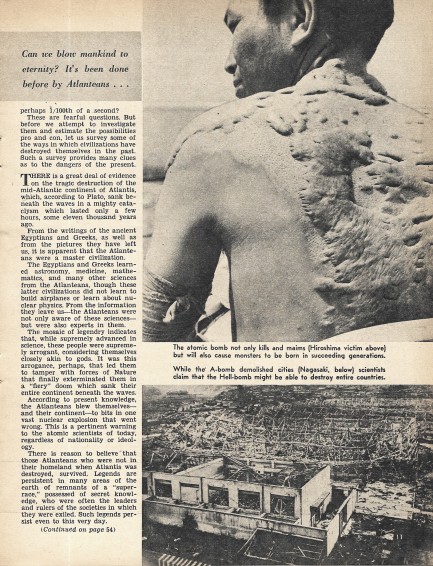
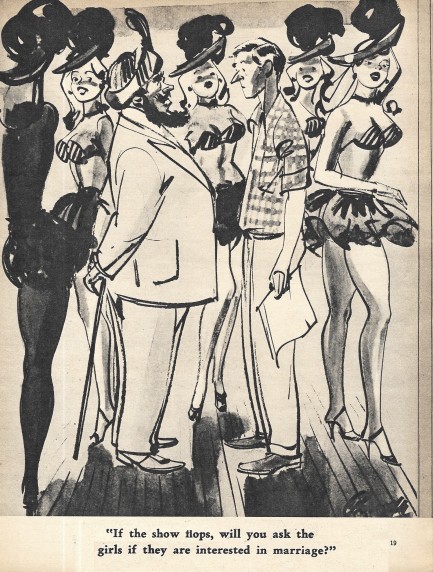
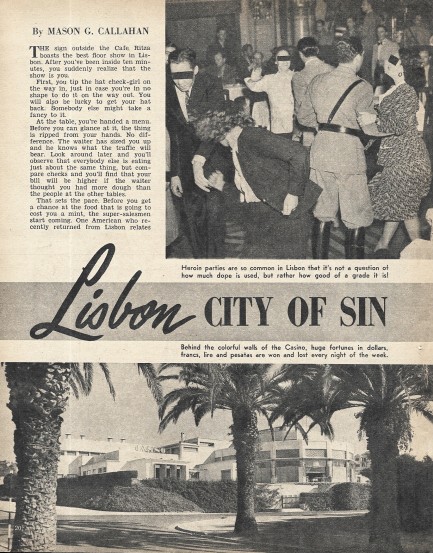
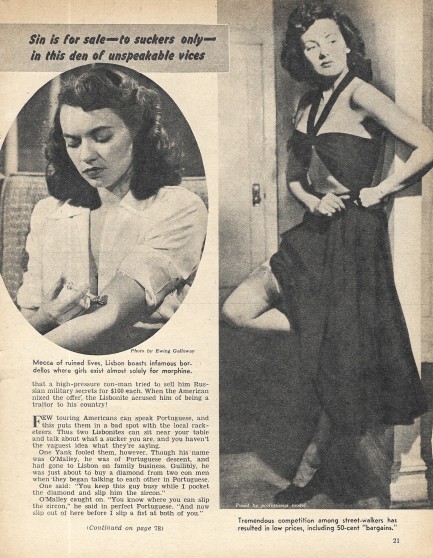
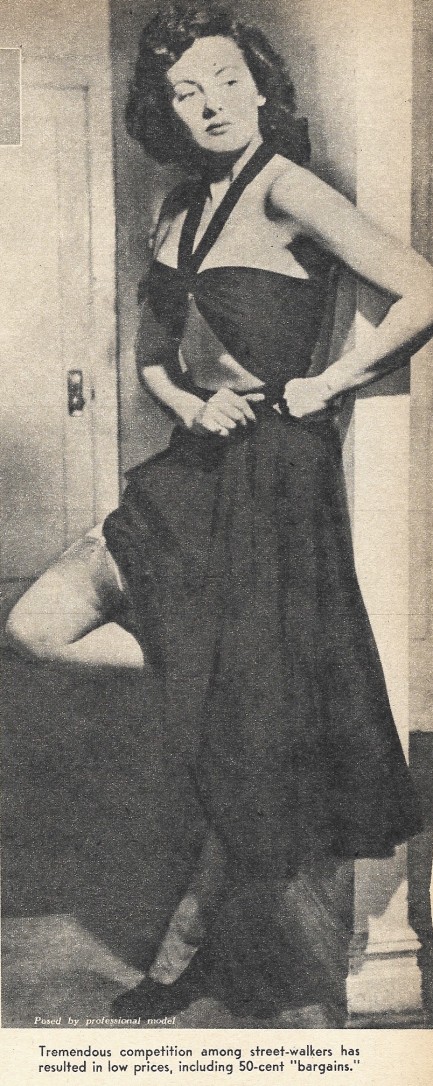
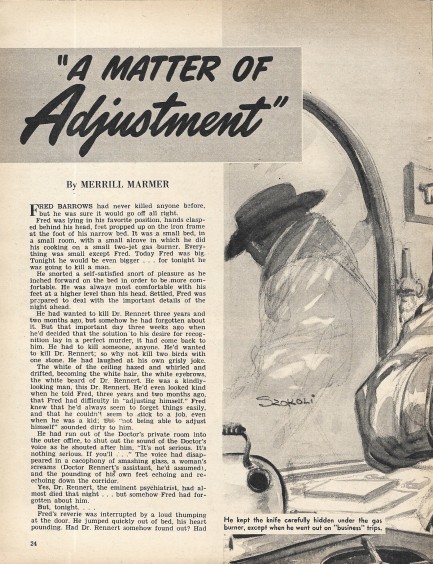
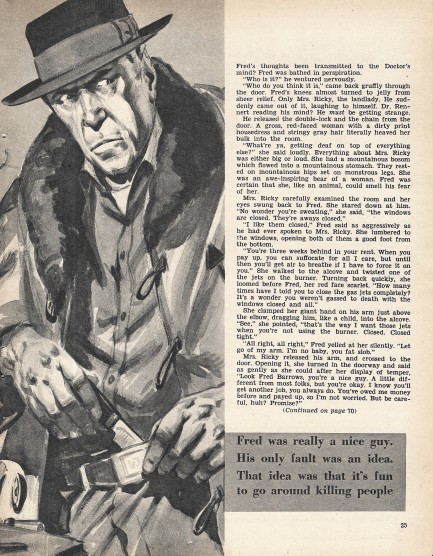
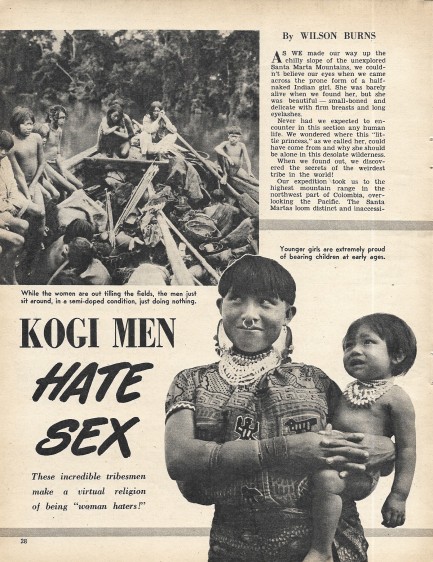
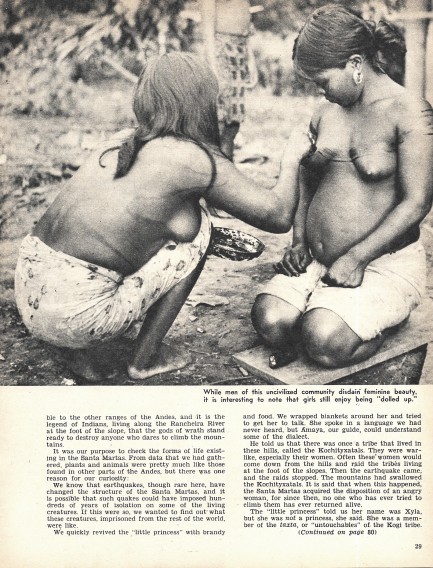
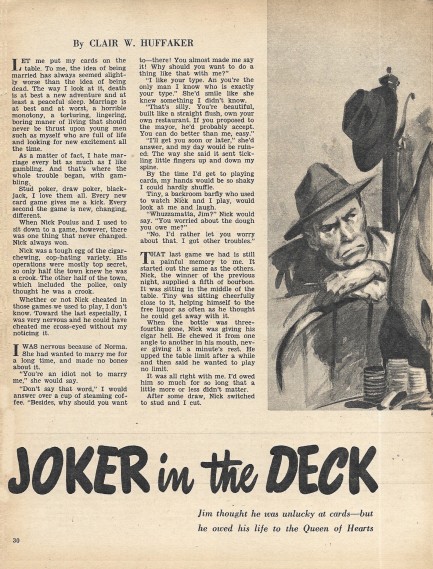
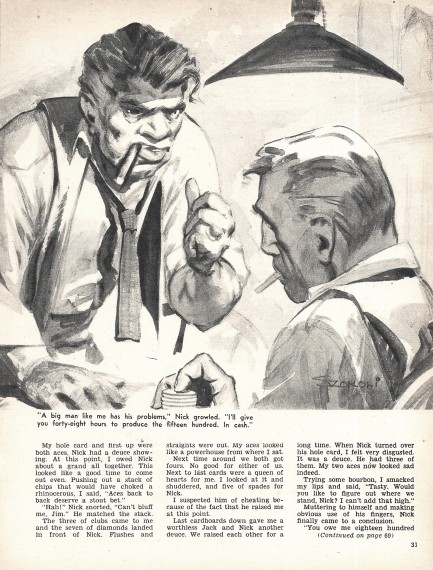
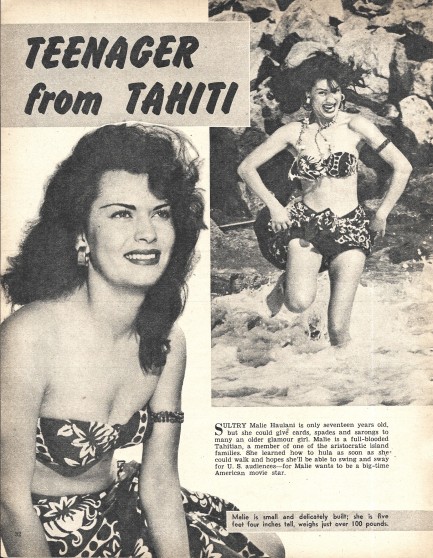
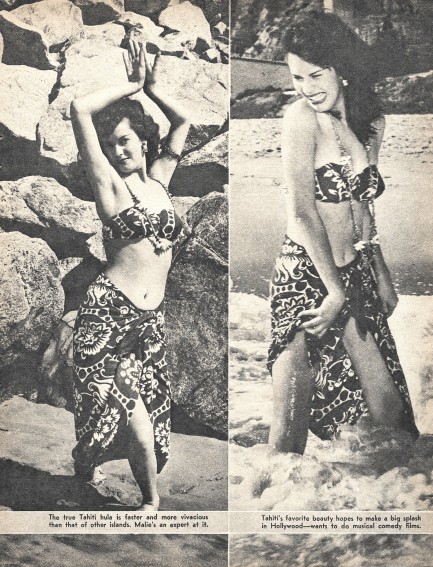
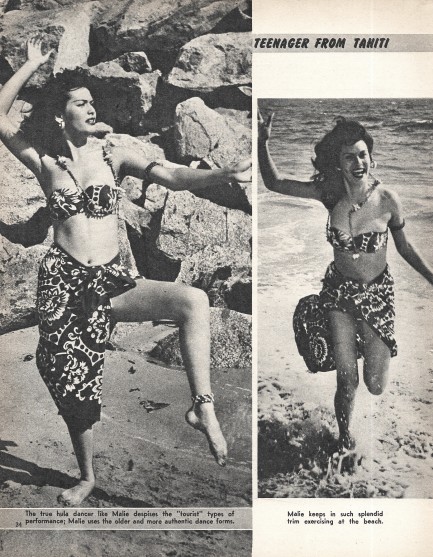
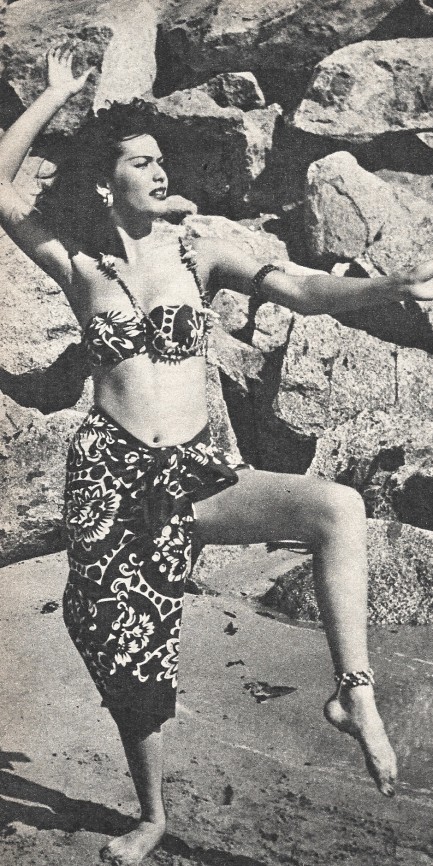
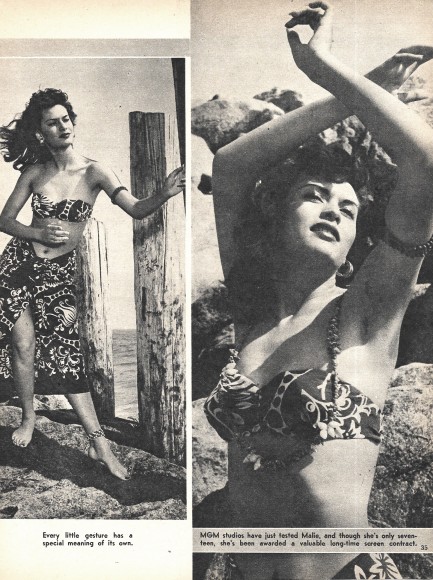
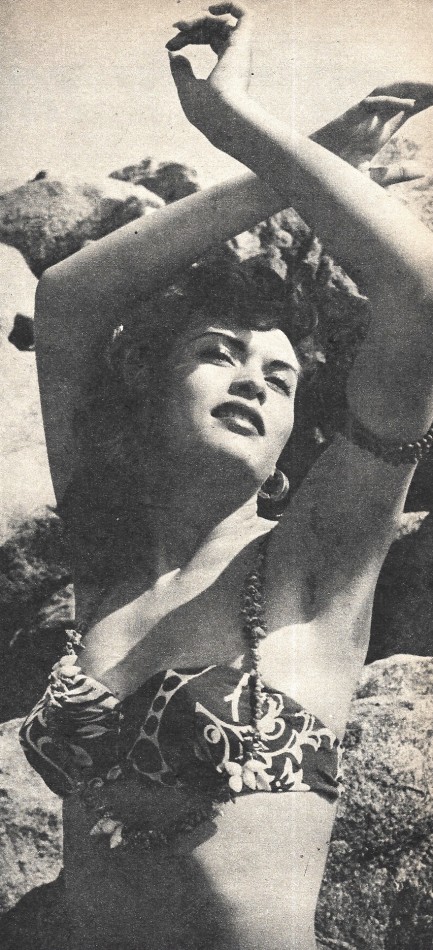
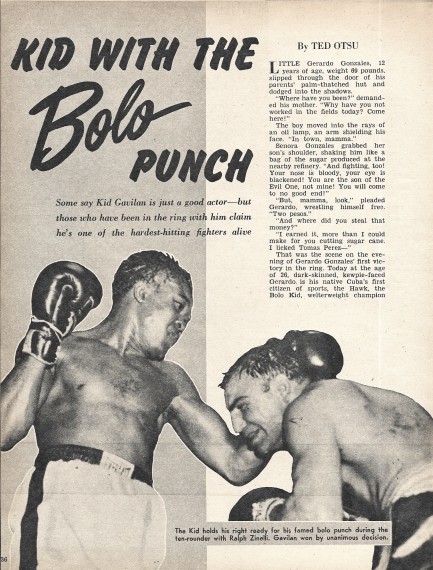
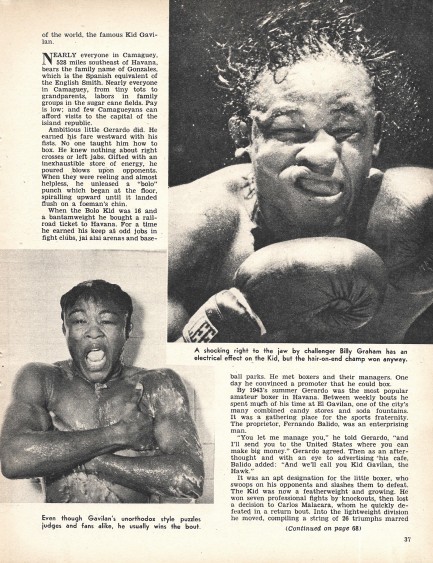

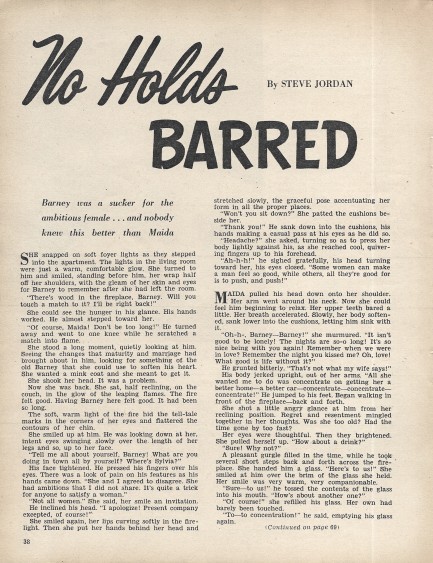
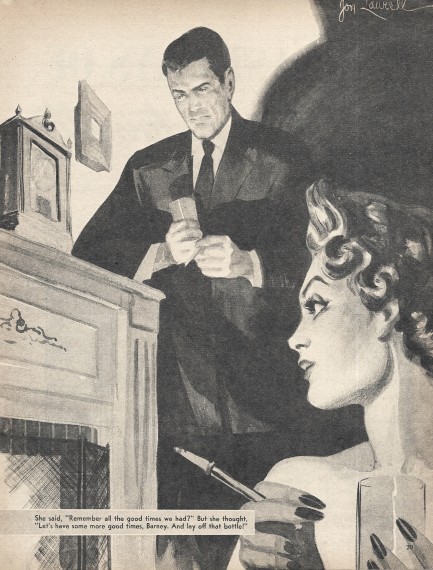
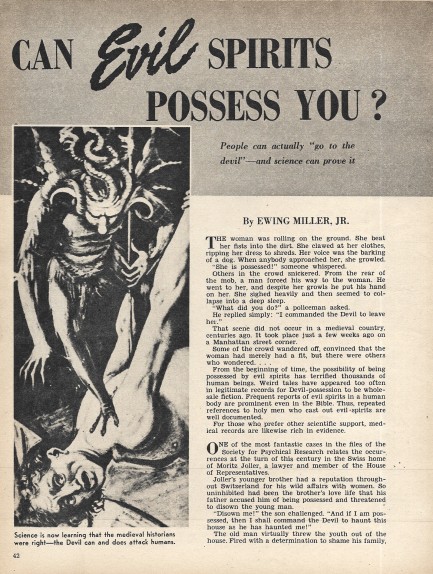
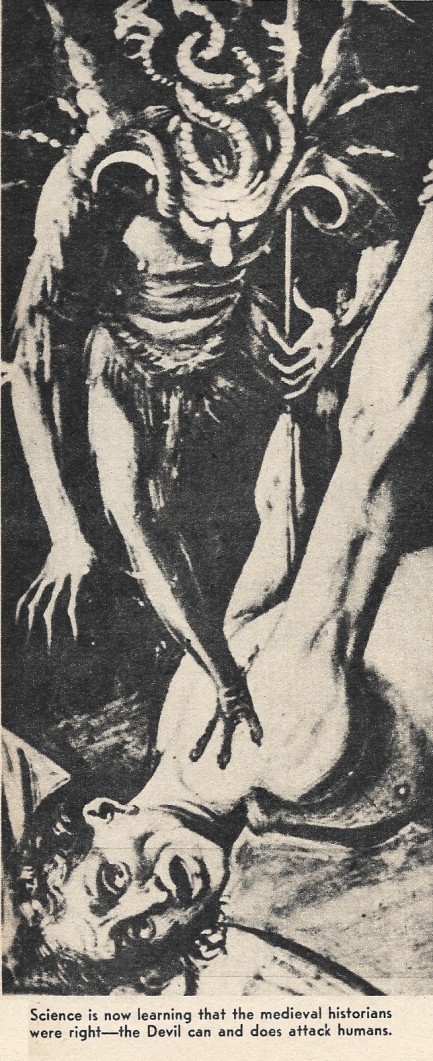
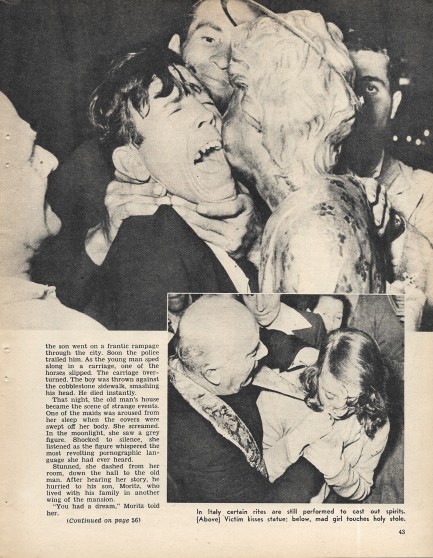
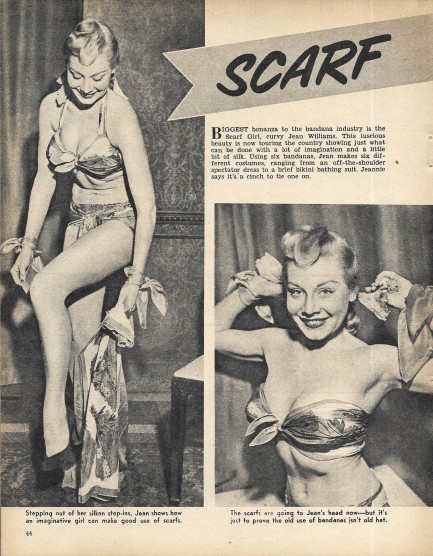
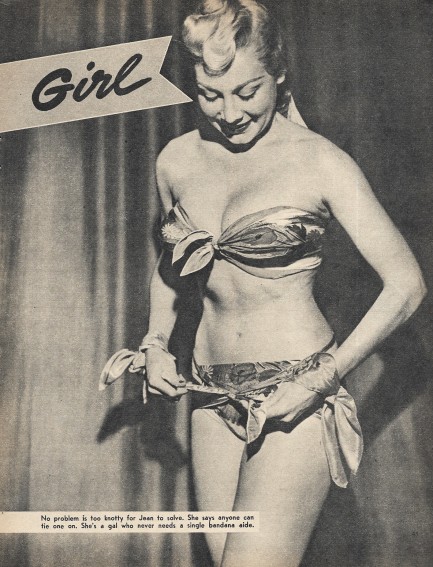
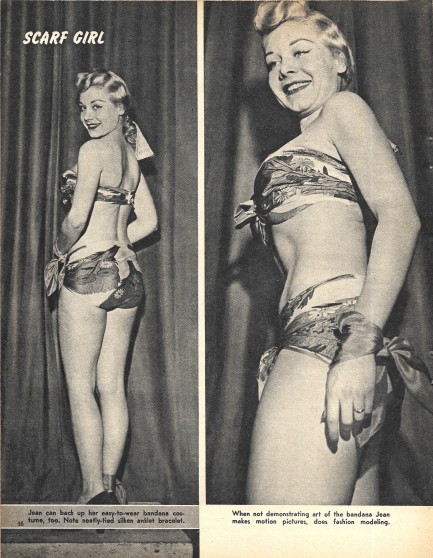
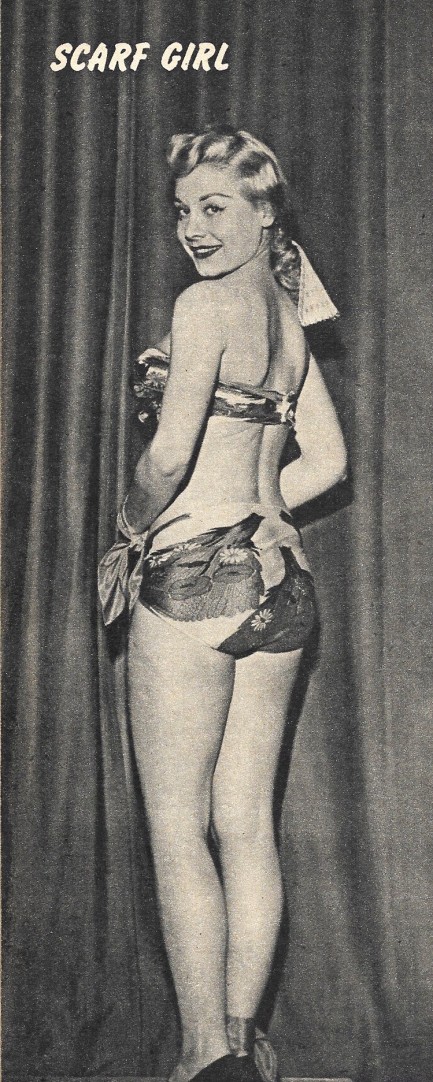
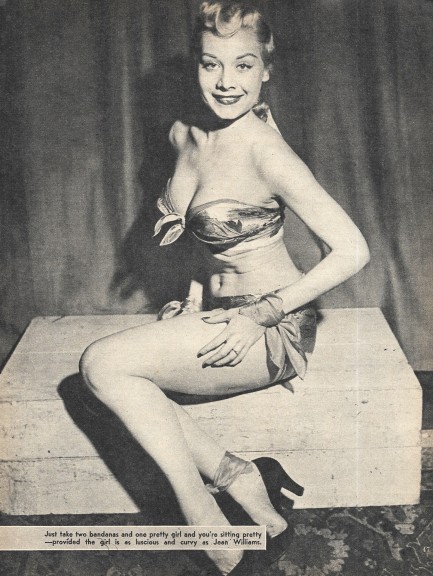

| Vintage Pulp | Jul 26 2018 |


Looking more closely, you'll notice a ship similar to the Millennium Falcon. The engines are at the opposite end, but it's basically the same design. These guys were shameless. In addition, Ataques estelar del tercer tipo would translate as “star attacks of the third type.” Obviously, not content to merely rip off Stars Wars the producers decided to also borrow from Steven Spielberg's Close Encounters of the Third Kind. But what you get is a cinematic encounter of the worst kind, though a very funny one. We talked about it already. Check here.
| Femmes Fatales | Apr 30 2017 |


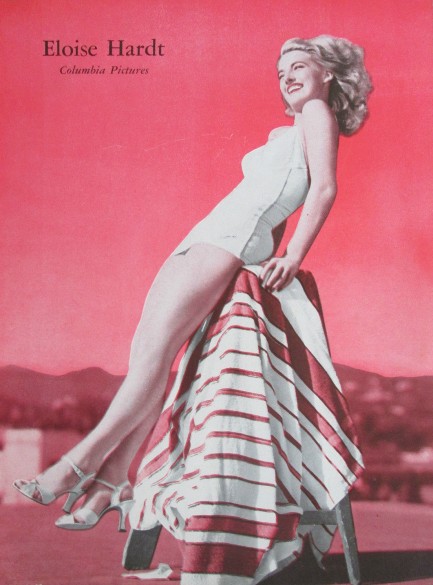
| Intl. Notebook | Jun 8 2015 |

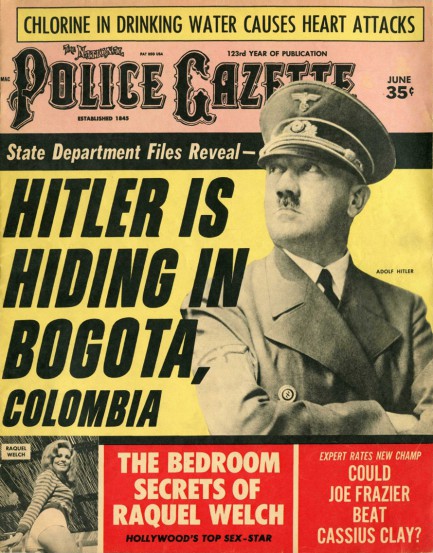
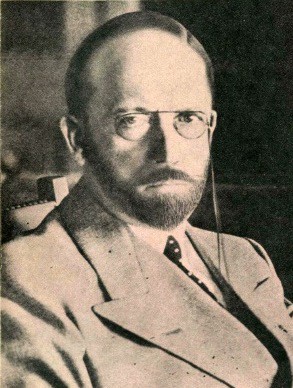 We’re back to Hitler today, as The National Police Gazette finally stops beating up poor Argentina in this June 1968 issue and decides the Führer is instead alive and well Colombia. Nowhere is Argentina mentioned, although the magazine had claimed at least twenty times previously that Hitler was there. Antarctica isn’t mentioned either, though Gazette had also told readers Hitler was plotting a new Reich from those icy reaches. Instead, Hitler’s u-boat is said to have landed in Bahia Honda on Colombia’s lush Caribbean coast, whereupon, garbed as a peasant, he was conducted by “rustic Indians” to a jungle ranch. Bogotá, by the way, also doesn’t enter into the story, despite its mention in the cover text.
We’re back to Hitler today, as The National Police Gazette finally stops beating up poor Argentina in this June 1968 issue and decides the Führer is instead alive and well Colombia. Nowhere is Argentina mentioned, although the magazine had claimed at least twenty times previously that Hitler was there. Antarctica isn’t mentioned either, though Gazette had also told readers Hitler was plotting a new Reich from those icy reaches. Instead, Hitler’s u-boat is said to have landed in Bahia Honda on Colombia’s lush Caribbean coast, whereupon, garbed as a peasant, he was conducted by “rustic Indians” to a jungle ranch. Bogotá, by the way, also doesn’t enter into the story, despite its mention in the cover text.
In previous Gazette tales Eva Braun also made it to South America, but this time she died aboard the u-boat of a brain hemorrhage and was buried at sea. The story, which by the way is once more the work of Hitler-obsessive journo George McGrath, ends with this: “Only his closest German servants knew his real identity. The ranch hands thought him a mine operator. He wore a beard and eyeglasses. It was a complete disguise.” We see the disguise just above, in a photo supposedly taken at a u-boat base in Norway prior to his long submarine journey. We assume Gazette will have more on Hitler’s South American adventures in other issues. After all, this is the twenty-seventh Hitler Gazette we’ve found, and we have no expectation that it’s the last. Stay tuned.
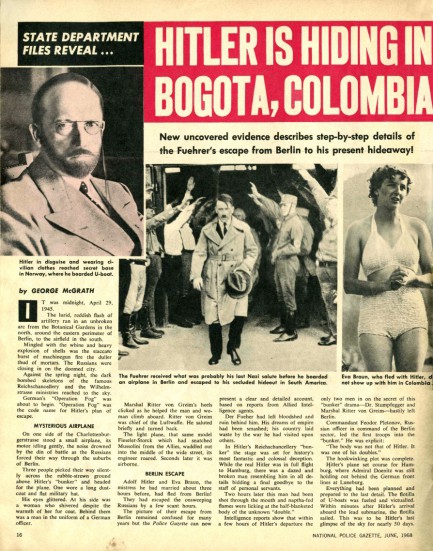
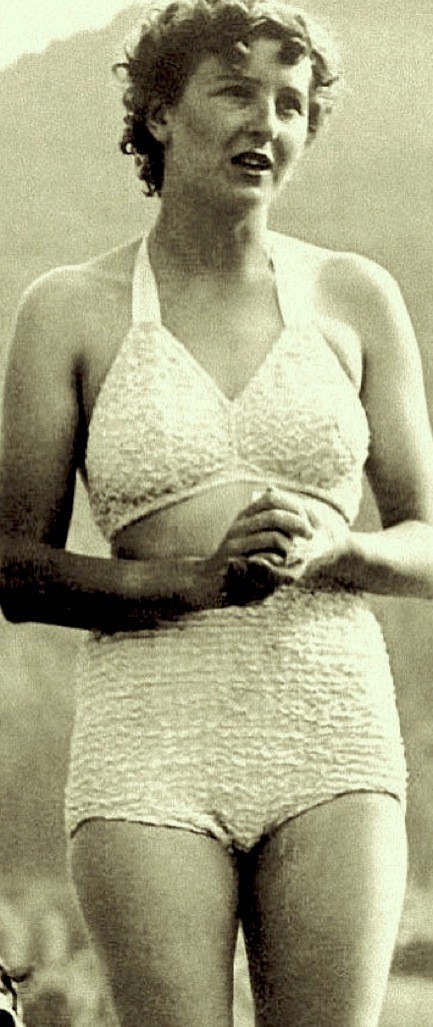
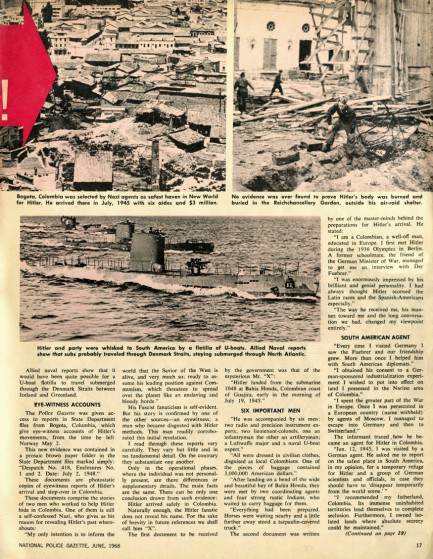
| Mondo Bizarro | Vintage Pulp | Jan 10 2012 |

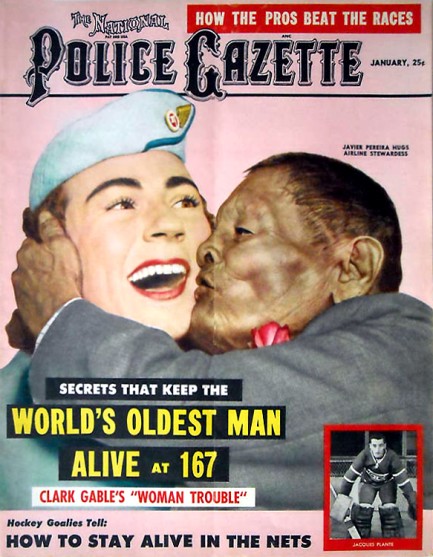
This January 1957 cover of The National Police Gazette introduces America to Javier Pereira, a Zenú Indian from Colombia who claimed to have been born in 1789, a birth year that would have made him 167 at the time the magazine hit newsstands. Pereira had been unknown to the world until he crossed paths in 1955 with a Colombian journalist named Suarez Santander Branger, who ran a paper called Ecos de Córdoba. Branger announced his stunning discovery and very quickly everyone in Colombia wanted to meet the world’s oldest man. Branger orchestrated public appearances for Pereira all over the country, where he was feted alongside the likes of Miss Colombia titleholder Luz Marina Zuluaga, and acclaimed author Gabriel Garcia Marquez.
Around this time, Douglas Storer, the president of Believe It Or Not, Inc.—which was the parent corporation of Ripley’s—was touring South America looking for strange and unexplainable oddities for the Ripley's Museum in Florida. Storer caught wind of Pereira and swung by Colombia to have a gander at the old man for himself. He must have liked what he saw, because shortly thereafter, Storer flew Pereira to New York City for what he said would be a medical examination. But by “examination” Storer also meant spectacle. He had hordes of press waiting on the tarmac for Pereira when the plane landed, and later paraded him down Fifth Avenue atop a Rolls Royce as New Yorkers turned out to gawk.
Though international fame seemed to suit Pereira just fine, it wasn’t okay with Suarez Santander Branger, who’d received no advance notice of Pereira’s sudden departure from Colombia, and feared losing control of his discovery. Leaving aside the presumptuousness of Branger considering 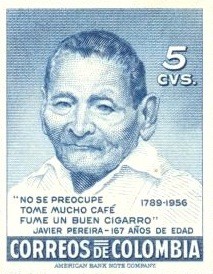
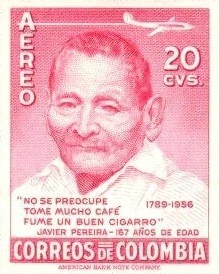 another person to be his property, it's worth noting that he wasn’t just being paranoid. U.S. papers labeled Pereira as Douglas Storer’s discovery. Branger’s name was nowhere to be found. He retaliated by writing an editorial entitled “Javier Pereira es mío,” or, “Javier Pereira Is Mine,” which appeared in most of Colombia’s dailies. In the editorial, he threatened to sue Storer for $167 million—i.e., one million dollars for each year of Pereira’s life. Whether Storer was cowed by Branger or was simply finished with Pereira we don’t know, but he sent the old man back to Colombia and a crisis was averted.
another person to be his property, it's worth noting that he wasn’t just being paranoid. U.S. papers labeled Pereira as Douglas Storer’s discovery. Branger’s name was nowhere to be found. He retaliated by writing an editorial entitled “Javier Pereira es mío,” or, “Javier Pereira Is Mine,” which appeared in most of Colombia’s dailies. In the editorial, he threatened to sue Storer for $167 million—i.e., one million dollars for each year of Pereira’s life. Whether Storer was cowed by Branger or was simply finished with Pereira we don’t know, but he sent the old man back to Colombia and a crisis was averted.
During all of Javier Pereira’s travels he was, of course, asked one question over and over: How have you lived so long? Pereira had a simple answer—he said he chewed cocoa beans, drank lots of coffee, smoked the occasional large cigar, and didn’t worry too much. As to whether he was really 167, the youngest any doctor ever estimated his age to be was 120, and even that doctor prefaced the estimate with the qualifying phrase “at least.” However, the anecdotal evidence for Pereira being older was interesting. For example, though he could not read or write, he had detailed knowledge of historical events that had taken place when he would have been in his twenties and thirties. And many third parties confirmed his age, for example an eighty-six-year-old woman from his town, who recounted meeting him when she was a little girl and he was already an old man.
Pereira's stint in the spotlight had faded by the end of 1957. For a time he resided in a nursing home, but we can’t confirm his whereabouts or the exact circumstances of his death, in March 1958, of heart failure. Today, age-wise, he falls into the inconclusive category. But whatever the actual number, for a while he amazed the world. In Colombia he was so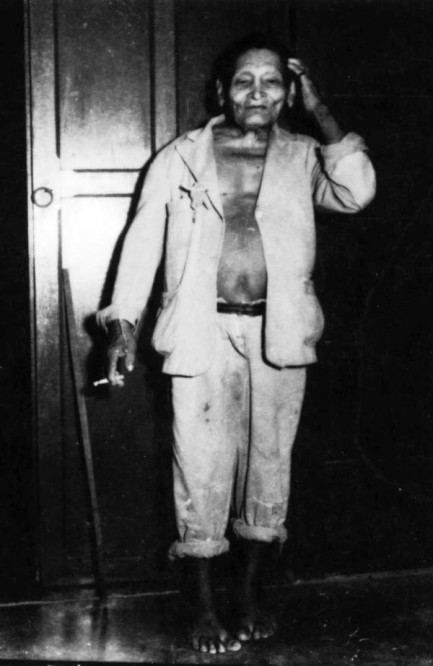 revered that the government even introduced two 1956 postage stamps bearing his likeness. For those who’d like to see Pereira in action, here's a video clip of his 1955 arrival in New York City, and at this link you can see a silent film of him smooching a flight attendant—the very moment the Police Gazette used for its excellent cover photo-illustration.
revered that the government even introduced two 1956 postage stamps bearing his likeness. For those who’d like to see Pereira in action, here's a video clip of his 1955 arrival in New York City, and at this link you can see a silent film of him smooching a flight attendant—the very moment the Police Gazette used for its excellent cover photo-illustration.
| Intl. Notebook | Dec 22 2008 |

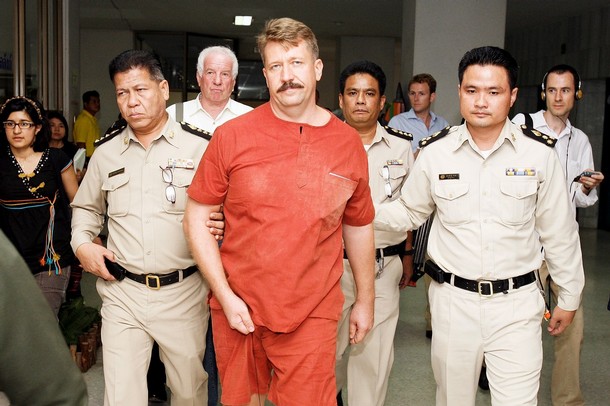
Today in Thailand, Viktor Bout took the stand in his trial to fight extradition to the United States for conspiring to provide weaponry to Colombian FARC rebels. Bout, who is a Russian national, allegedly made an arms deal with men he thought were potential customers, but who were in reality American undercover agents. If Thai authorities decide to turn Bout over, he faces charges in America of conspiring to kill U.S. officers, employees and citizens, conspiring to provide material support to terrorists, and conspiring to acquire and use an anti-aircraft missile.
Bout said in court, when asked his profession, that he is a businessman involved in aviation and construction. However U.S. authorities, as well as the United Nations, claim he is an international arms dealer known as The Merchant of Death who has provided weaponry to warlords and dictators in Afghanistan and Africa, and is so well known that he was the subject of a book, and provided inspiration for Nicholas Cage’s character in the film Lord of War.
Among Bout’s alleged exploits are the hijacking of 200,000 assault rifles en route from Bosnia to Iraq, and the breaking of an arms embargo to Liberia. Bout said he traveled to Bangkok to relax and to meet with a Thai businessman about an airplane deal, and claimed he was arrested because he is a pawn in an American plot. He denied any wrongdoing, saying, “I did not commit any terrorist acts. The US is trying to use this to cover up its internal problems and prevent good relations between Thailand and Russia.” Bout faces a maximum penalty of life in prison if convicted.




































































